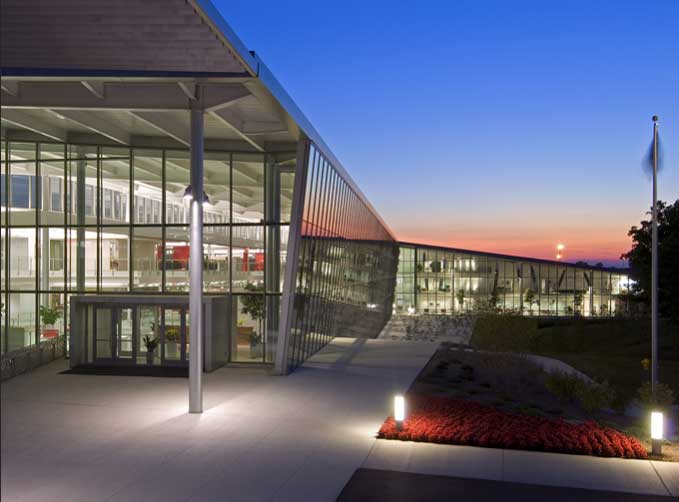Office space has been getting a lot of attention lately. After staffing, office space is typically an organization’s second-largest expense. And because office space can impact the ability to recruit, as well as the satisfaction and productivity of employees, many organizations have been taking a very careful look at how their space is working for them.
Part of the reason for re-evaluation is that organizations are trying to free up space for more collaborative work processes. In order to make room for new gathering spaces, individual workstations are often re-sized.
Mergers, acquisitions, and globalization also lead to space analysis. The value of announced crossborder mergers and acquisitions has been surging, and organizations are looking for ways to use their workspaces to communicate a sense of their corporate culture across the world. Even within a single country, merged companies with varying cultures can use a standard-setting process to reach consensus on how work will be supported.
What’s more, many organizations are undergoing fundamental changes in the way they work. For organizations moving to internet-based business models or making other significant changes, traditional workspaces may no longer work well. These organizations don’t want to give up standards, but know that they need new approaches.
Ultimately, most aspects of workplace design relate back to cost. It is well worth the effort to balance costs with the harder to calculate but potentially larger productivity gains a truly supportive office space can foster. In the United States, “assuming an employee salary of $48,000, the benefits of an appropriately designed workplace range from $1,440 to $7,200 per employee” (Fisher, 2000). This amounts to 4.7 to 23.7 percent of the average corporate profits when broken down to a per-employee basis. Concern for people and processes, moves into new spaces, the need to integrate global operations, and the drive to control costs are all generating renewed interest in how the best offices work.
Download this PDF to learn more about Office Space Standards including:
- European Space Standards
- Typical Space Standards in the U.K.
- US Space Standards




